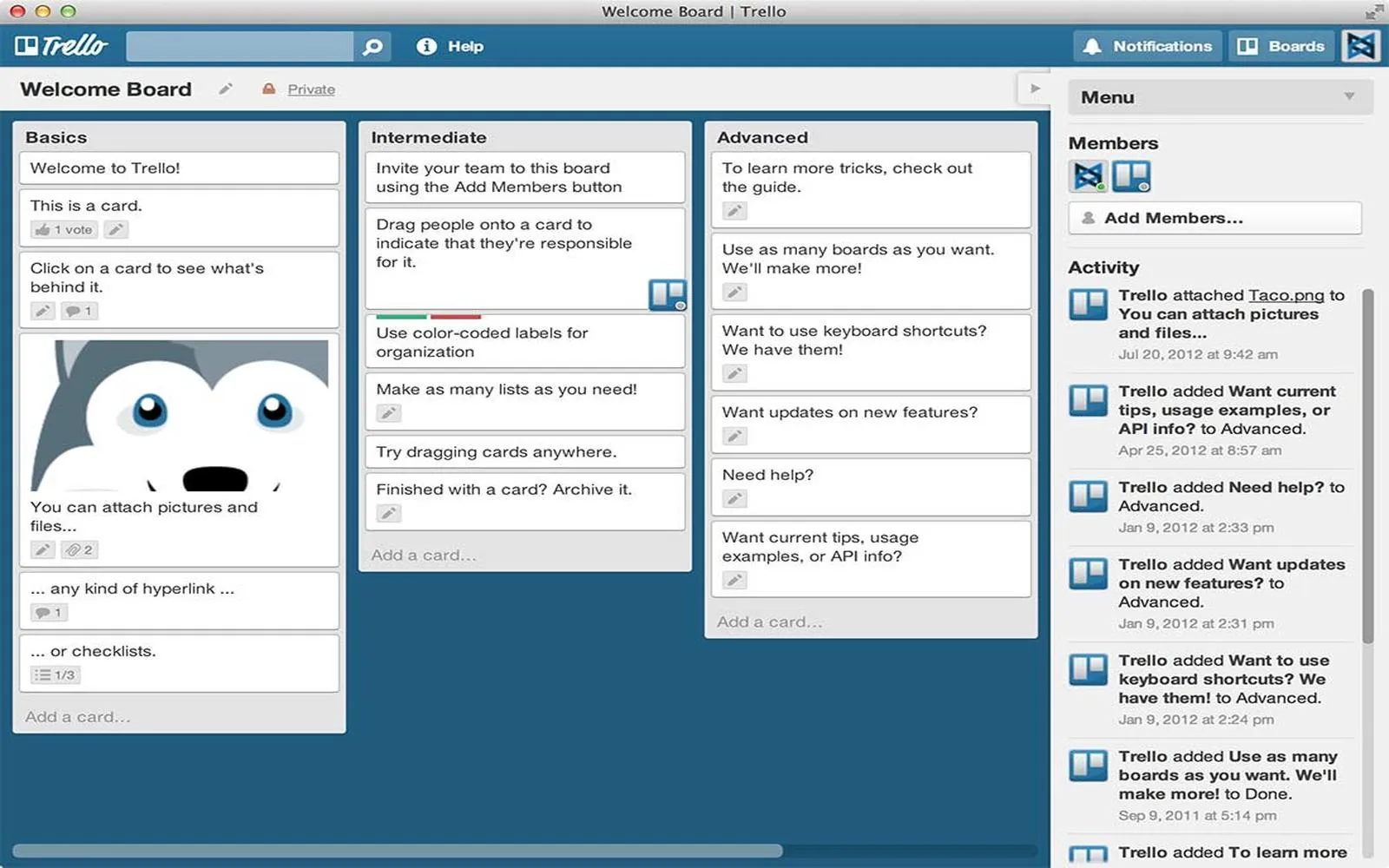The shift to remote work has transformed the way teams collaborate and communicate. While there are numerous benefits to working from home, one significant challenge that arises is the difficulty in managing disagreements effectively. This article explores why remote work complicates disagreement resolution and offers practical strategies to address conflicts successfully.
Challenges of Disagreement in Remote Work
When teams operate in a ''remote work'' environment, several factors contribute to the difficulty of navigating disagreements:
1. Lack of Non-Verbal Cues: In face-to-face interactions, body language, facial expressions, and tone of voice play crucial roles in communication. However, in remote settings, these non-verbal cues are often diminished or completely absent, leading to misunderstandings and misinterpretations.
2. Increased Miscommunication: Written communication is the primary mode of interaction in remote work. Emails, chats, and messages can easily be misread or lack the context necessary for clear understanding. This can escalate tensions and foster disagreements.
3. Time Zone Differences: For teams spread across various time zones, scheduling real-time discussions can be challenging. Delayed responses can lead to prolonged conflicts, making it harder to resolve issues promptly.
4. Limited Team Bonding: Building rapport is essential for effective teamwork. In a remote environment, opportunities for informal interactions and team bonding are limited, which can contribute to a lack of trust and increase the likelihood of disagreements.
Strategies for Managing Disagreements Remotely
Despite these challenges, there are several effective strategies teams can implement to manage disagreements in a remote work setting:
1. Encourage Open Communication: Create an environment where team members feel comfortable expressing their thoughts and concerns. Regular check-ins can foster open dialogue and help identify potential issues before they escalate.
2. Use Video Conferencing: Whenever possible, opt for video calls instead of text-based communication. Video conferencing allows for visual cues, which can enhance understanding and reduce the likelihood of miscommunication.
3. Establish Clear Guidelines: Develop a set of guidelines for handling disagreements. This can include protocols for conflict resolution, decision-making processes, and expectations for respectful communication. Having a clear framework can streamline discussions and minimize misunderstandings.
4. Practice Active Listening: Encourage team members to practice active listening during discussions. This means fully concentrating on what the other person is saying, asking clarifying questions, and summarizing their points to ensure understanding.
5. Foster Team Bonding Activities: Organize virtual team-building activities to strengthen relationships among team members. These activities can help build trust and camaraderie, making it easier to navigate disagreements when they arise.
Creating a Disagreement Resolution Process
Implementing a structured disagreement resolution process can greatly enhance a team's ability to handle conflicts. Here’s a simple framework to consider:
| Step | Description |
|---|---|
| Identify the Issue | Clearly define the disagreement and ensure all parties understand the concern. |
| Gather Perspectives | Allow each party to share their viewpoint without interruption. This helps in understanding the underlying issues. |
| Discuss Possible Solutions | Collaborate to brainstorm potential solutions that address the concerns of all parties involved. |
| Agree on a Solution | Reach a consensus on the best course of action and ensure all parties are on board. |
| Follow Up | Check in after the resolution to ensure that the solution is being implemented and to address any residual feelings. |
Conclusion
While remote work presents unique challenges in handling disagreements, implementing the right strategies can facilitate constructive discussions and resolution. By fostering open communication, utilizing video conferencing, and establishing clear guidelines, teams can navigate conflicts more effectively. Ultimately, embracing these practices not only improves conflict resolution but also strengthens team dynamics in a remote environment.
As organizations continue to adapt to the ''remote work'' landscape, understanding how to manage disagreements is crucial for maintaining productivity and morale. With the right tools and approaches, teams can turn conflicts into opportunities for growth and collaboration.





